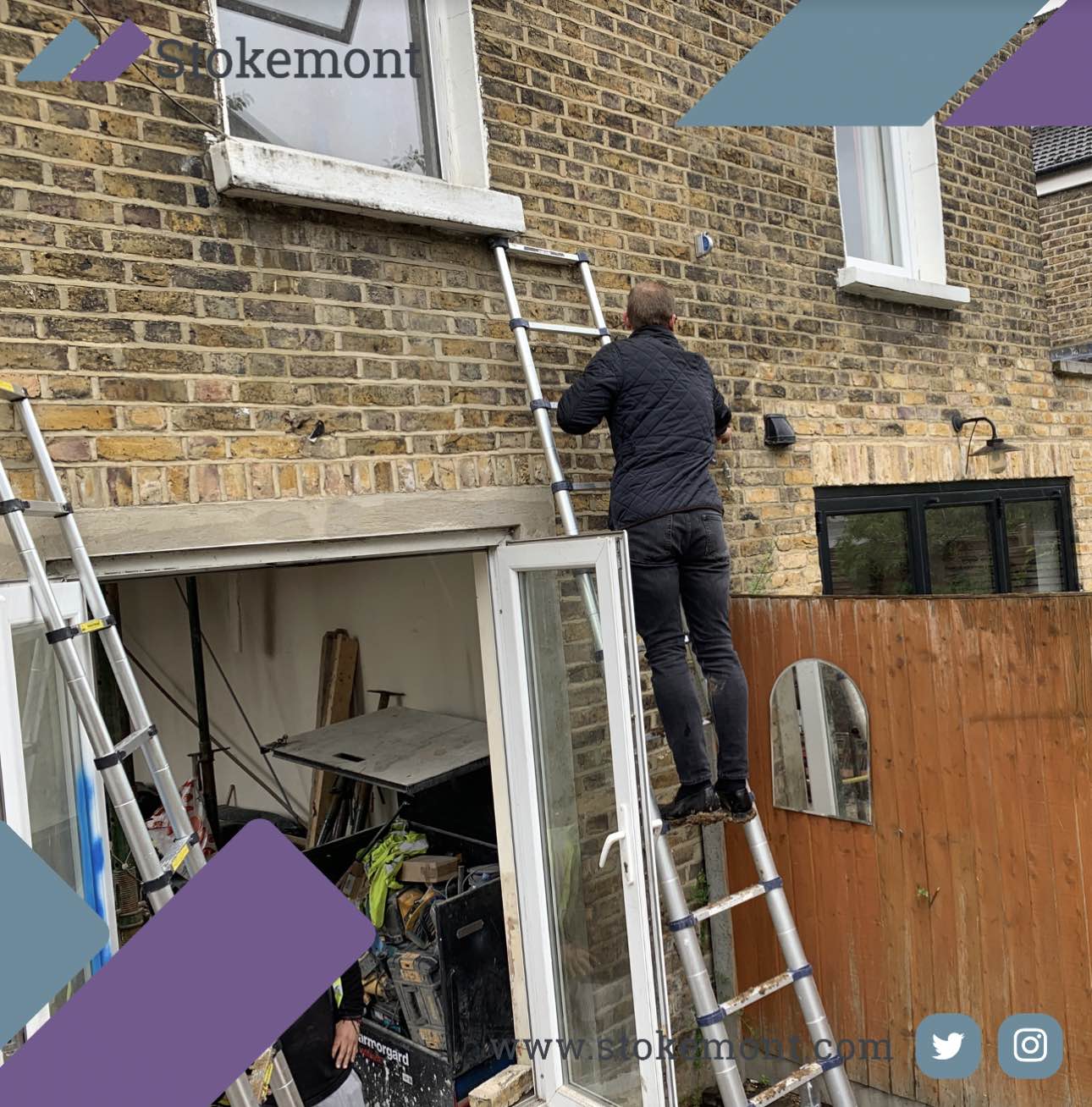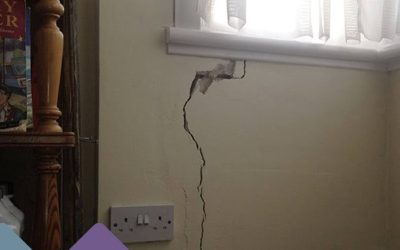In today’s property surveying blog post topic, we are going to be looking at Right to Light.
Here at Stokemont, we tend to see this issue raised a fair bit when we’re assisting on Party Wall Surveying matters, we therefore thought we’d look at the facts!
As property owners, we all have a right to light. This is classified as the amount of uninterrupted light into a window, passing across the land surrounding your property.
If this area becomes obstructed, and you have a right to light, then it becomes necessary to involve the courts to ensure proactive measures are taken to abate the nuisance and loss of light.
Don’t be in the dark! Let’s take a look at some of the common misconceptions and shed some light on the facts!
Obstructing a window is a breach of planning
Planning departments will have to consider how the path of light will be influenced by neighbouring property when deciding whether or not to allocate planning permission for a new build.
However, if planning permission has been granted, provided that the construction of the property complies with all conditions imposed by the local authority, it is no longer a planning issue if the obstruction occurs.
Your land has an automatic right to light
Not every building has an automatic right to light. This right can only be acquired if the light that is passing through what is called a defined aperture in the building, for example a window.
If a construction project takes place on a neighbouring property, and it then blocks light, this will not obstruct right to light unless it also blocks light that passes through a window.
My house is more than 90 years old, therefore it must have a right to light
Acquiring a right to light is done in a number of different ways. One such way is being able to enjoy the right for 20 years without any interruption from an outside source, this is known as prescription.
So, while statistically your building is more likely to have a right to light if it has been standing for longer, it is not guaranteed.
If the window has been moved during building work, or a previous owner has received permission to have a right to light, a light obstruction notice could well have been filed by the local authority. These are all things that will defeat a claim for light to right.
If I win the court battle, my neighbour will have to stop construction and demolish the building
If you do have a right to light, and it is obstructed, then the court can realistically order the building that is obstructing to be removed to such a level where it no longer does this.
However, this is solely at the discretion of the authority, and it’s more likely that you will be compensated for damages.
When it comes to making a decision about this, a court will take many different things into consideration. For example, they will think about whether or not the neighbour knew that there was a right before they began construction, whether there was reasonable delay in bringing the claim forward, and the costs of removing the construction.
Rights of light issues are complicated and assessment complex. If you would like to discuss the neighbouring works with our team of Surveyors, give us a call today and we will be happy to assist and advise.




